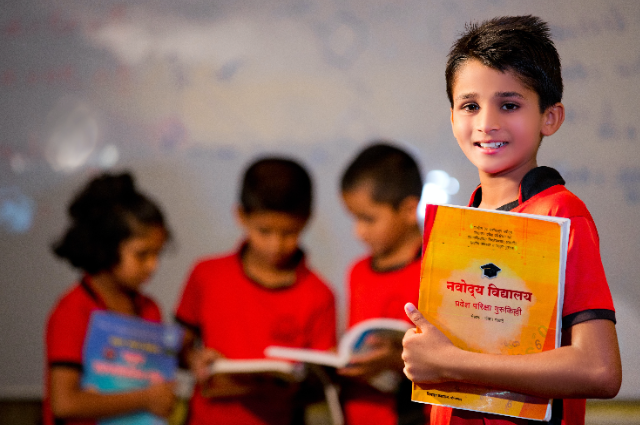
Photo by Muhammad Zaid on Unsplash
1. Pre-British Era Education System:
In ancient India, education was deeply rooted in its cultural and spiritual heritage. Gurukulas were residential schools where students lived with their gurus (teachers). The curriculum included a wide array of subjects such as Vedas, mathematics, philosophy, and physical education. This system instilled values, ethics, and life skills, promoting a well-rounded development.
2. British Era Education System:
The advent of British rule marked a paradigm shift. The British introduced a standardized education system with a focus on English language and literature, distancing students from their native languages and cultures. This system aimed at creating a class of educated clerks to serve the colonial administration, perpetuating a hierarchy in education.
3. Gurukula Education System:
The Gurukula system, despite facing challenges during the British era, managed to survive in certain regions. It emphasized personalized attention, with gurus tailoring education to individual needs. The curriculum encompassed not only academic subjects but also life skills, morality, and spiritual teachings. However, this system faced challenges due to changing societal structures and economic pressures.
4. Pre-National Education System:
Post-independence, India sought to reconstruct its education system. The 1968 National Policy on Education aimed at fostering scientific temper, eradicating illiteracy, and promoting vocational education. Efforts were made to bridge the urban-rural divide and address disparities in educational access. However, challenges persisted, including issues of quality, outdated curricula, and unequal distribution of resources.
5. Post-National Education System 2020:
The National Education Policy (NEP) 2020 marked a significant departure from previous approaches. It aimed at making education more flexible, multidisciplinary, and aligned with global standards. The emphasis on early childhood education, vocational training, and technology integration reflected a forward-looking vision. The NEP 2020 also emphasized the importance of mother tongue in the early stages of education, acknowledging the cultural diversity of India.
In conclusion, the educational landscape of India has witnessed a remarkable journey, navigating through the rich tapestry of its ancient traditions, colonial imprints, and post-independence aspirations. The evolution from Gurukulas to the National Education Policy of 2020 is a testament to the nation’s resilience in adapting its learning paradigms.
While the pre-British era celebrated the holistic development of individuals through Gurukulas, the British era introduced a more standardized and utilitarian approach. The post-independence period grappled with reconciling these diverse influences, leading to policies that aimed at inclusivity and accessibility.
The National Education Policy of 2020 stands as a pivotal moment, reflecting a forward-looking vision that combines the best of India’s heritage with global educational standards. It seeks to address contemporary challenges by fostering a holistic, flexible, and technology-integrated learning environment.
As India moves forward, the continuous dialogue between tradition and modernity in its education system remains crucial. The goal is not only to impart knowledge but also to nurture individuals who can adapt, innovate, and contribute meaningfully to a rapidly changing global landscape.
. . .
